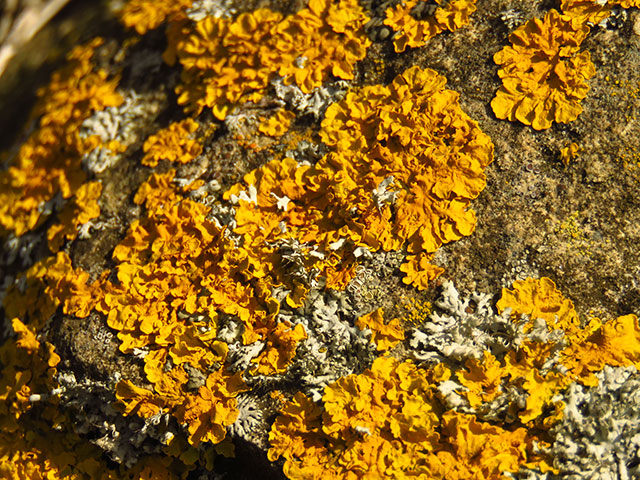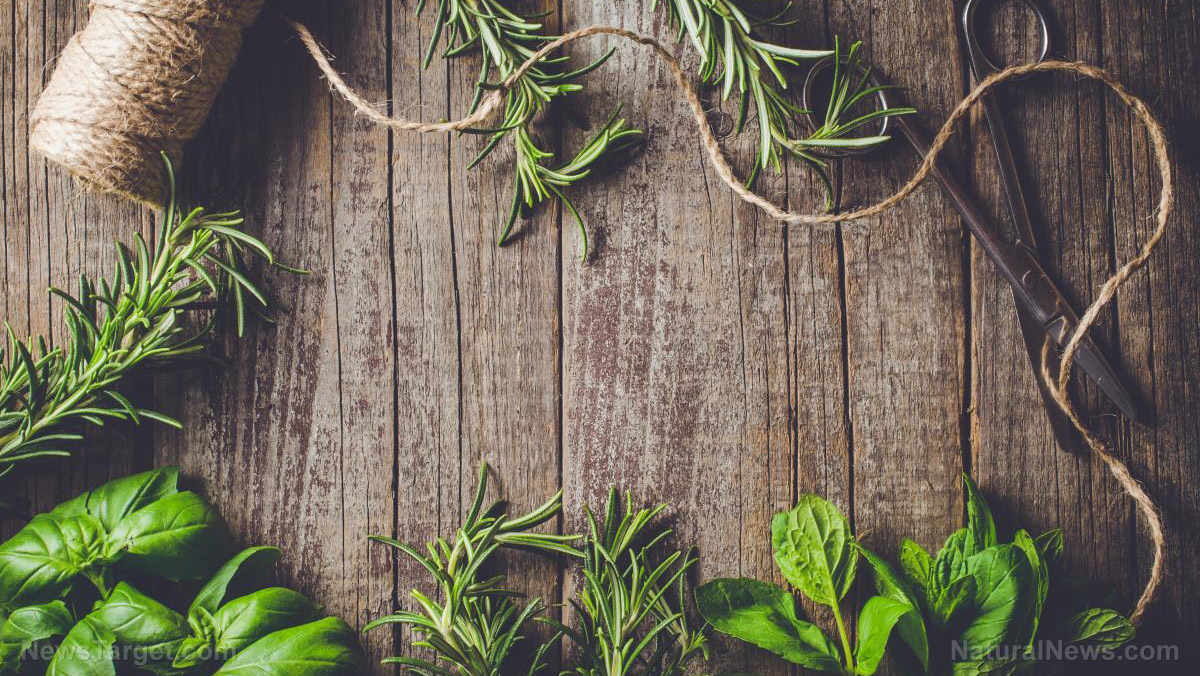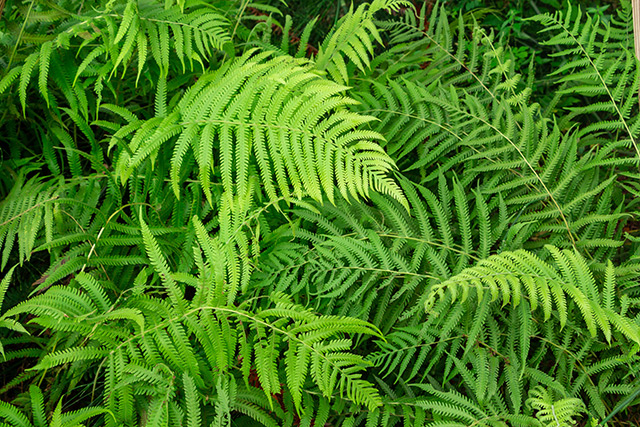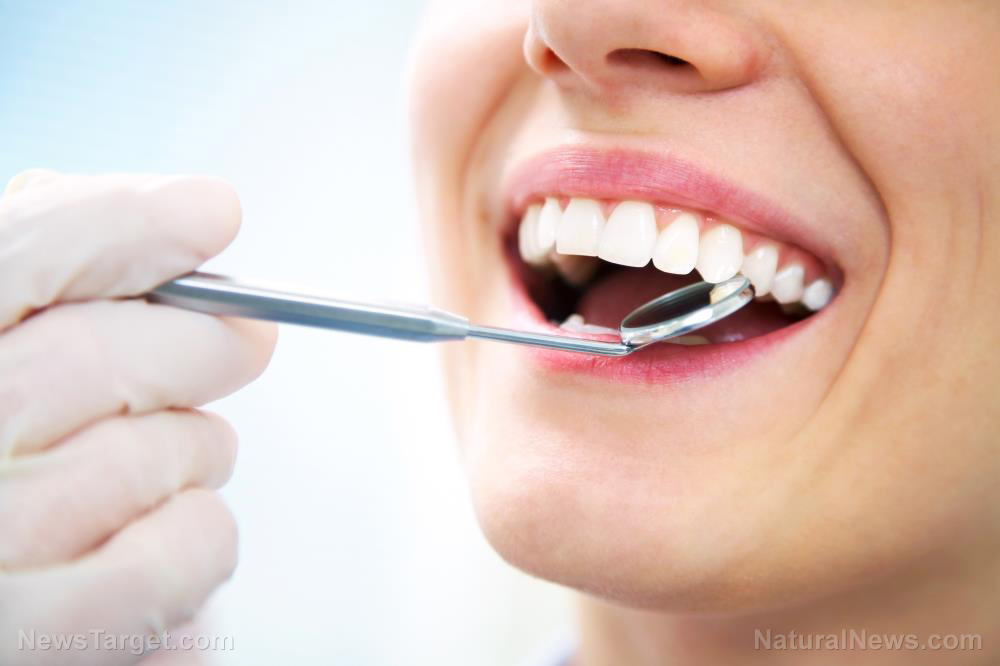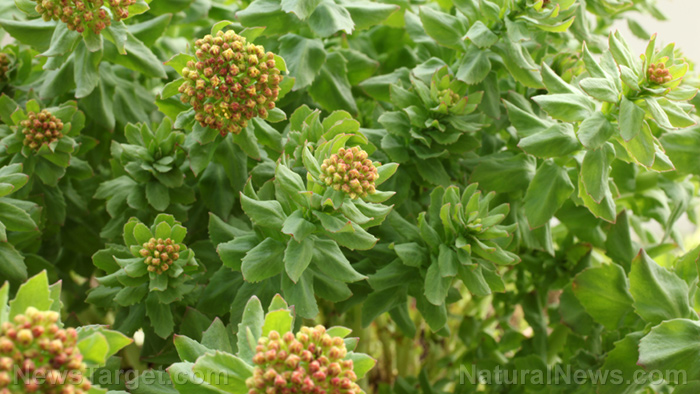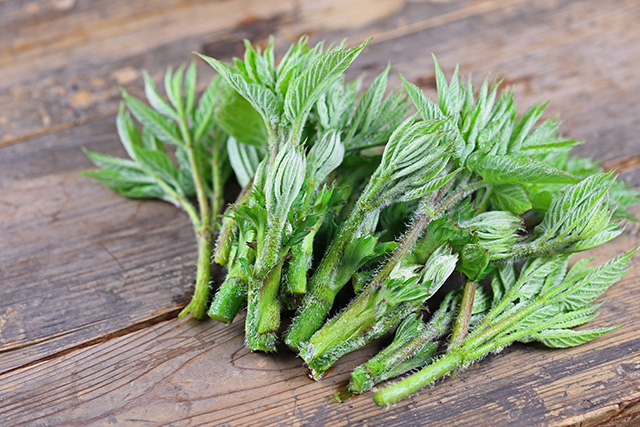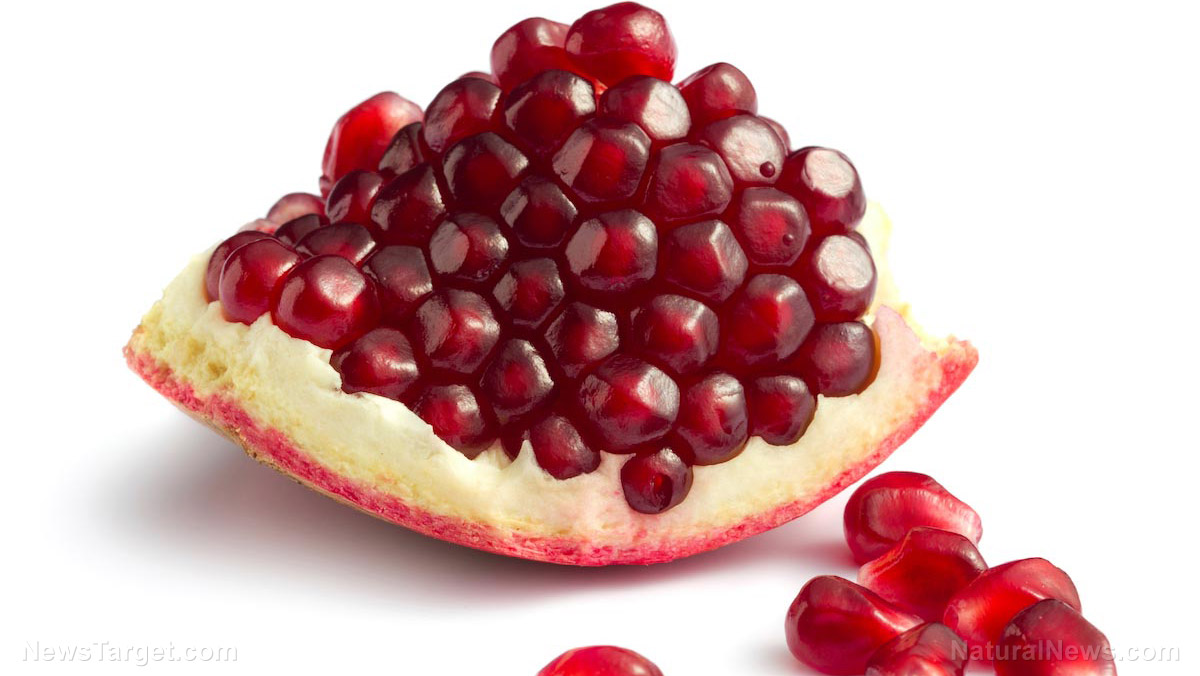How about a peanut butter and kale sandwich? Study shows that peanut butter enhances the vitamin A value of kale
11/20/2017 / By Zoey Sky
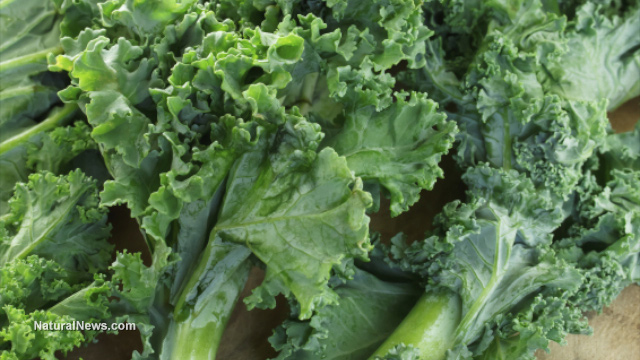
It looks like aside from the classic peanut butter and jelly sandwich, there’s another — and healthier — way to enjoy peanut butter. According to a recent study, adding peanut butter to kale can boost the latter’s vitamin A value.
According to researchers from South Korea, U.S., and Zimbabwe, peanut butter can help boost the vitamin A value of kale. This pairing can be used to help a majority of children from the developing world since more than 40 percent of children younger than five years old have a vitamin A deficiency, which causes at least one-third (2.7 million) of deaths in this age group.
Earlier studies have determined that both vitamin E and its oils can help “enhance the bioavailability and bioconversion of ?-carotene (beta-carotene) to vitamin A, which boosts kale’s vitamin A value”. Based on these findings, researchers from Tufts University in Boston, Konkuk University in South Korea, and National University of Science and Technology looked into the effects of peanut butter on “the bioconversion of beta-carotene in kale to vitamin A in preschool children.” (Related: Three ways to enjoy healthy, natural peanut butter.)
For the study, the researchers observed 37 children aged one to three years old. At least 86 percent of the children were diagnosed with a marginal vitamin A deficiency. The participants were then divided into two groups.
In the first group, each child received 50 grams (g) of kale cooked with 33g of peanut butter. Meanwhile, in the second group, each child was given the same amount of kale cooked with 16g of lard with a reference dose of one milligram (mg) of retinyl acetate.
Blood samples were then taken from both groups and analyzed. Based on the results, both peanut butter and lard helped increase the children’s kale beta-carotene absorption, along with its conversion to vitamin A retinol. However, the results indicate that peanut butter was the “preferential partner.”
The researchers wrote, “[the] study showed that peanut butter enhances the vitamin A value of kale.” They continued, “Peanut butter components may increase the bioavailability of vitamin A compared with lard, which contains mostly saturated and monosaturated fatty acids. It could be that the type of fat (unsaturated fats in peanut butter) affects the bioavailability of vitamin A. More research is required in this area to fully understand the mechanisms.”
This was the first study that proved the conversion of beta-carotene in kale to vitamin A when fed to children, shared the researchers. They added that kale can be endorsed as a “complementary food for infants and toddlers who are often vulnerable” to vitamin A deficiency.
The researchers cautioned that while “[k]ale beta-carotene cannot be depended on as the sole source of vitamin A,” it “can be used as part of a dietary diversification strategy to complement vitamin A intake from other sources.” They concluded that the superfood “kale is also a good source of lutein.”
A recipe for kale and peanut butter smoothie
Aside from eating kale salad, this leafy green can also be enjoyed as a smoothie. While the pairing may seem odd at first, this smoothie recipe combines the health benefits of the leafy superfood and peanut butter. For this, you would need:
- 1 banana
- 1 cup nut milk
- 1 cup torn kale
- 2 tablespoons peanut butter
- ¼ teaspoon ground cinnamon
Simply blend the banana, nut milk, torn kale, peanut butter, ground cinnamon, and ice in a blender until smooth.
You can learn more about kale, other superfoods, and natural cures at Cures.news.
Sources include:
Tagged Under: food, health, ingredients, kale, nutrients, nutrition, peanut butter, Veggies, vitamin A

